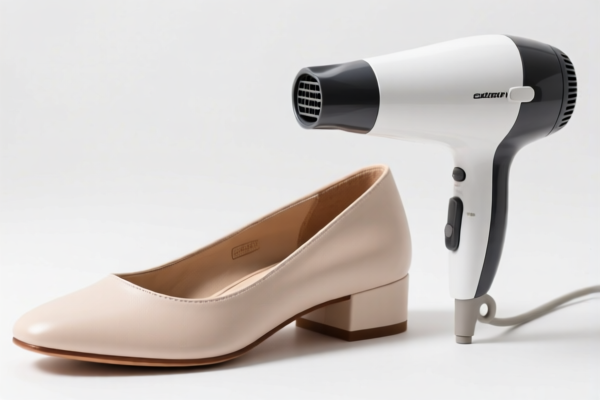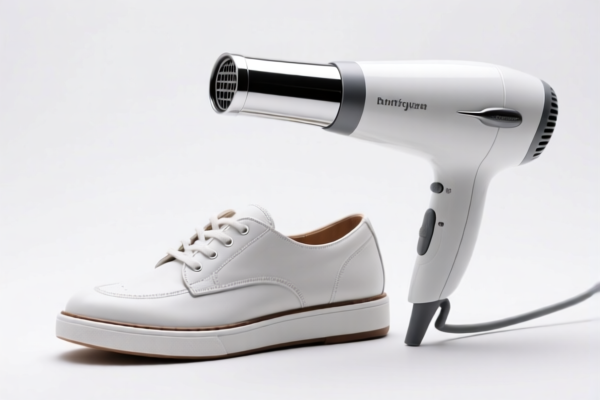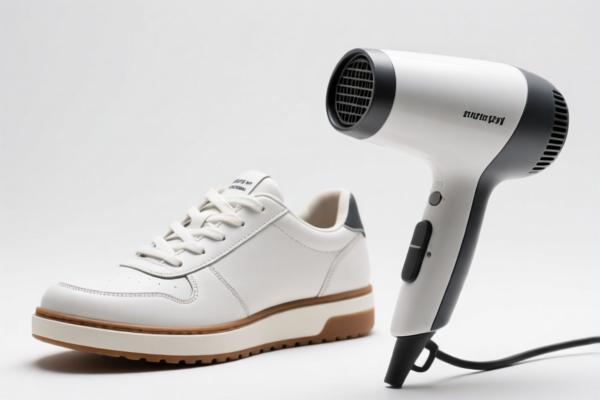| HS Code | Official Doc | Tariff Rate | Origin | Destination | Effective Date |
|---|---|---|---|---|---|
| 8451290090 | Doc | 57.6% | CN | US | 2025-05-12 |
| 8451909010 | Doc | 58.5% | CN | US | 2025-05-12 |
| 8450906000 | Doc | 32.6% | CN | US | 2025-05-12 |
| 8450190000 | Doc | 31.8% | CN | US | 2025-05-12 |
| 8516909000 | Doc | 58.9% | CN | US | 2025-05-12 |
| 8545904000 | Doc | 55.0% | CN | US | 2025-05-12 |
| 8545902000 | Doc | 55.0% | CN | US | 2025-05-12 |
| 9615902000 | Doc | 38.1% | CN | US | 2025-05-12 |
| 9615906000 | Doc | 41.0% | CN | US | 2025-05-12 |
| 6405909060 | Doc | 42.5% | CN | US | 2025-05-12 |
| 6405902000 | Doc | 41.3% | CN | US | 2025-05-12 |




Shoes Dryer
A shoes dryer is a device designed to remove moisture from footwear, typically to prevent odor, mildew, and bacterial growth, and to extend the life of the shoes.
Material
Shoes dryers utilize various materials in their construction, with the core components generally being:
- Housing: Often constructed from plastic (ABS, PP) for durability and lightweight properties. Metal housings are also found in some models.
- Heating Element: Typically uses either ceramic or infrared heating elements for efficient and safe drying. Some utilize convection heating.
- Fan: Plastic or metal fans circulate air through the shoes to expedite the drying process.
- Tubing/Connectors: Plastic tubing is common for models that connect to exhaust systems or utilize hose attachments.
- Electronics: Include timers, thermostats, and power switches, housed within plastic casings.
Purpose
The primary purpose of a shoes dryer is to:
- Remove Moisture: Eliminate sweat, rain, or snowmelt from shoes.
- Eliminate Odor: Reduce or eliminate unpleasant smells caused by bacteria.
- Prevent Mildew & Bacteria: Create an unfavorable environment for microbial growth.
- Extend Shoe Life: Prevent material degradation caused by prolonged dampness.
- Warm Shoes: Some models provide warmth for added comfort.
Function
Shoes dryers operate on the principle of circulating warm air through the shoe. The process typically involves:
- Heat Generation: The heating element warms the air.
- Air Circulation: A fan forces the warm air into the shoe via nozzles or ports.
- Moisture Evaporation: The warm air absorbs moisture from the shoe's interior.
- Ventilation (Optional): Some models vent the moist air outside, accelerating the drying process and preventing humidity buildup.
- Timer Control: A timer allows for controlled drying duration, preventing overheating and material damage.
- Thermostat Control: Maintains a safe operating temperature to protect shoe materials.
Usage Scenarios
Shoes dryers are commonly used in the following situations:
- Athletes: For drying sports shoes after training or competition.
- Outdoor Enthusiasts: For drying hiking boots, ski boots, and other outdoor footwear.
- Cold Climates: To dry shoes after exposure to snow or rain.
- Frequent Shoe Wearers: For maintaining the hygiene and longevity of shoes.
- Work Environments: For drying work boots and safety shoes.
Common Types
- Boot Dryers: Designed specifically for boots, often with multiple nozzles or tubes to reach all areas of the boot.
- Shoe Dryers (Standard): Suitable for most types of shoes, typically with two ports for simultaneous drying.
- Heated Shoe Racks: Racks with integrated heating elements for drying multiple pairs of shoes.
- UV Shoe Dryers: Incorporate ultraviolet (UV) light to kill bacteria and reduce odor.
- Convection Shoe Dryers: Utilize convection heating for gentle and even drying.
- Deodorizing Shoe Dryers: Feature ozone or other deodorizing technologies to eliminate odors.
- Hose Attachment Dryers: Connect to an exhaust system or window for efficient ventilation.
- Portable Shoe Dryers: Compact and lightweight for travel or limited space.
The declared goods, “shoes dryer”, can be interpreted as an apparatus used for drying footwear. Based on the provided reference material, the following HS codes may be relevant:
- 8516909000: Electric instantaneous or storage water heaters and immersion heaters; electric space heating apparatus and soil heating apparatus; electrothermic hairdressing apparatus (for example, hair dryers, hair curlers, curling tong heaters) and hand dryers; electric flatirons; other electrothermic appliances of a kind used for domestic purposes; electric heating resistors, other than those of heading 8545; parts thereof: Parts: Other. This code encompasses other electrothermic appliances used for domestic purposes, which could include a shoes dryer if it utilizes electrical heating.
- 8450906000: Household- or laundry-type washing machines, including machines which both wash and dry; parts thereof: Parts: Other. While primarily for washing machines, this code includes parts for machines that both wash and dry. A shoes dryer with washing functionality might fall under this category.
- 8516909000: Electric instantaneous or storage water heaters and immersion heaters; electric space heating apparatus and soil heating apparatus; electrothermic hairdressing apparatus (for example, hair dryers, hair curlers, curling tong heaters) and hand dryers; electric flatirons; other electrothermic appliances of a kind used for domestic purposes; electric heating resistors, other than those of heading 8545; parts thereof: Parts: Other. This code covers a broad range of domestic electrothermic appliances, potentially including shoe dryers if they are designed for home use and utilize electrical heating.
Regarding HS code 8516909000, please note that this code covers "parts" of electrothermic appliances. If the declared goods are a complete shoe dryer unit, this code may not be the most accurate.
Regarding HS code 8450906000, if the shoe dryer includes both washing and drying functions, it may be classified under this code. However, if it only performs drying, this code is likely not applicable.
Regarding HS code 8516909000, the tariff rate is a base tariff of 3.9%, a surcharge of 25.0%, and a surcharge of 30.0% after April 2, 2025, resulting in a total tariff rate of 58.9%.
Customer Reviews
No reviews yet.